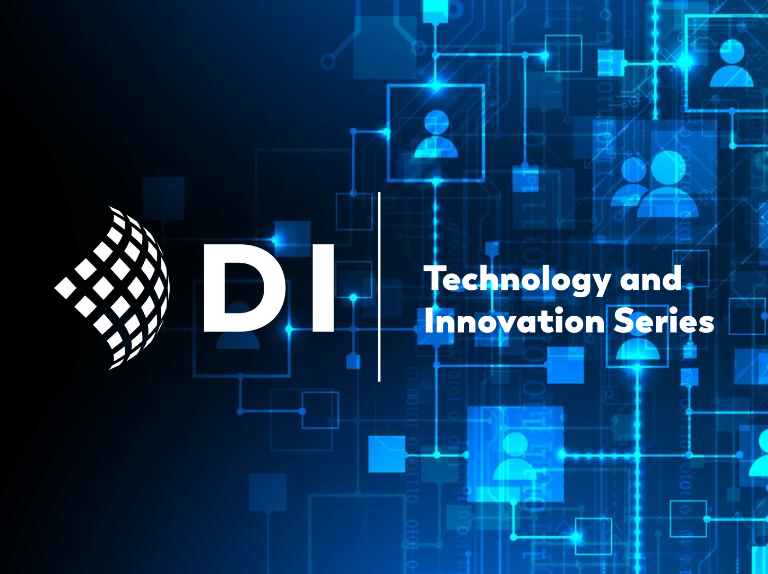
Discover practical ways AI can help your DMO reclaim time, improve personalization, and enhance strategy. From dynamic content to smarter agency collaboration, these tools are reshaping destination marketing, and your team can start today.
As the tourism industry navigates the rapidly evolving landscape, the industry is experiencing a profound transformation. With AI solutions like ChatGPT, Claude, and Gemini becoming increasingly prevalent, organizations are rethinking how they allocate time and resources. The pace of change is unprecedented, and destinations of all sizes must be aware of these shifts as they take shape. Below, we explore the key trends shaping the future and offer insights into how destinations should adapt.
1. Streamlining Backstage Operations
One of the most significant changes is occurring behind the scenes in marketing operations.
Today’s efficiency-creating tools and applications enable destinations to generate dynamic board reports, automate email creation, and manage data more effectively. Marketers are leveraging AI to:
- Dynamically generate reports for leadership, boards, partners, and constituents with minimal manual input by training AI tools to present activities and results in desired formats. For example, Visit Tucson is utilizing AI to create dynamic reports to share with stakeholders with a custom application they developed.
- Create emails and content that align with a destination’s unique brand voice, using AI tools that can be trained on brand guidelines and SEO strategies to quickly produce large volumes of content.
- Manage CRM data more efficiently, improving outreach campaigns by simplifying data integration and contact management. Visit Florida is leveraging this approach to save time by allowing their team to directly interact with their Salesforce Data via a secure data center.
- Utilize tools that help write and generate content in the organization’s specific writing style, further enhancing brand consistency.
The overarching goal is to free up valuable time by reducing repetitive tasks, allowing teams to focus on higher-value creative and collaborative work. This shift toward operational efficiency not only enables teams to reclaim between 10 to 40 percent of their time within the first year, which can then be reinvested in creative thinking and strategic decision-making, but has shown vast improvement in operational consistency and overall production quality.
2. Enhancing Customer Engagement
The way customers interact with destination websites is being reimagined, with a focus on improving user experience through advanced tools:
Conversational Chatbots
Modern chatbots are evolving beyond simple FAQs to act as conversational guides, providing real-time answers to common tourist questions such as local attractions, seasonal activities, regulations, policies, or key contacts. These bots do not need to know everything on the website; instead, they should focus on delivering concise, relevant information in a conversational manner, similar to an interactive FAQ. This approach leads to focused answers that provide visitors with the answers they are actually looking for.
Itinerary Builders
AI-powered itinerary builders are becoming increasingly accessible, with high-end solutions available for a few thousand dollars. These tools do more than suggest attractions—they can recall previous searches, allow users to create accounts, provide local insights, and offer recommendations based on user behavior, preferences, and high-quality visuals. Some solutions are sponsored by major advertisers, while others are independent and available via subscription.
Although initial adoption levels have sometimes been lower than expected, the industry anticipates that engagement will grow as these tools become more sophisticated and user-friendly.
Personalizing Content Through Behavior
Advanced content personalization is enabling destinations to tailor web experiences dynamically. By analyzing user behavior—such as entry points, browsing history, search queries, and engagement patterns—destinations can customize content in real time. This hyper-personalization can even factor in external variables, like differences in local weather, to subtly adjust the content displayed and make the experience feel more relevant to each visitor. Destinations must carefully consider whether to commit to a specific CMS or maintain flexibility to support broader personalization strategies. The key is to balance operational efficiency with a commitment to delivering genuinely personalized experiences, leveraging available data while respecting privacy and technical limitations.
3. Rethinking Agency Partnerships
As internal operations improve with AI-driven processes, the relationship between marketing departments and external agencies is evolving. There is a growing expectation for agencies to lower production costs by leveraging similar AI tools, with potential cost reductions of 20 to 30 percent in production related activities. This is expected to increase considerably over the next six to twelve months. Whether it’s resizing banners, creating content variations, or monitoring social sentiment, these tools help bridge the gap between creative ambition and operational capability. Marketers must be intentional about:
- Consider what capabilities can be insourced to preserve budget. Tools are rapidly emerging that allow for image processing, content creation, and social sentiment analysis.
- Partnering with agencies that can effectively integrate AI solutions and utilize advanced tooling for tasks such as mass asset creation and social content calendar generation.
A transformative trend is the shift toward asking better questions of data. Historically, agencies have controlled much of the data narrative, but AI now enables destinations to analyze media performance, review social sentiment, and gauge the economic efficiency of campaigns through multiple lenses. This data-driven approach allows destinations to become more strategic, cutting through agency bias and providing clear, objective insights. By taking ownership of data and using AI to analyze it from different perspectives, organizations can make more informed decisions and become active stakeholders in their marketing outcomes, rather than relying solely on agency interpretations.
4. Embrace Incremental Change
Embracing these trends does not require a complete overhaul overnight. Instead, organizations should select one or two actionable items that best align with their current needs and capabilities. Whether it’s having the team identify use-cases for AI within the department, integrating a conversational chatbot, deploying an itinerary builder, or enhancing content personalization, incremental steps can lead to significant improvements in operational efficiency and customer engagement.
Two important points that should be made to your team prior to the use of AI:
- Accountability: Each team member is individually accountable for the quality & accuracy of AI-generated outputs. Vigilance and intentional review are crucial to prevent complacency and maintain high brand standards.
- Data Security: For sensitive data, ensure that any AI tools used meet at least SOC 2 compliance standards. SOC 2 compliance ensures that the service provider has implemented security measures to protect data. If unsure about a tool's security, do not use it with sensitive information. As a general rule:
- Public Information: If the information you're working with is already public, meaning it's information freely available on your website, in brochures, or other public-facing documents, you can generally use any AI tool to help with content creation, analysis, or other tasks.
- Business-Critical or Confidential Data: If the data is business-critical (financial reports, strategic plans) or contains protected or confidential information (customer data, employee records), you cannot simply input it into any AI tool. This type of data must be handled with extreme care.
At this point, most destinations have begun to leverage the capabilities that this technology enables. The key is to be intentional and take small steps each day towards adopting technology to save you time, improve outputs and allow you the freedom to do more of what you enjoy!
Takeaways:
- DMOs can reclaim up to 5% of their time each quarter by piloting AI tools for repetitive tasks.
- Chatbots and itinerary builders are cost-effective ways to boost visitor satisfaction and engagement.
- Ask your agencies to demonstrate AI efficiencies—don’t settle for status quo reporting.
Submit Your Thought Leadership

Share your thought leadership with the Destinations International team! Learn how to submit a case study, blog or other piece of content to DI.


